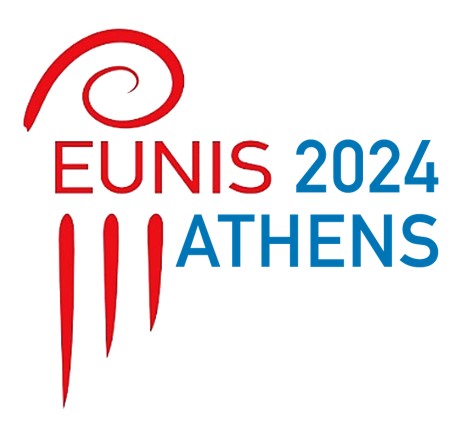This session consists of two presentations.
Featured Speakers
Antti Turpeinen and Petri Mustajoki, University of Helsinki, Finland, EUNIS EA SIG:
Interoperability powered by HERM DRM #64
This abstract summarizes a paper on enhancing interoperability among Higher Education Institutions (HEIs) within the European Union, with a focus on semantic interoperability as suggested by the European Interoperability Framework. The paper highlights the challenges in enabling seamless data exchange to support mobility within the academic community and introduces the Higher Education Reference Model (HERM) developed in late 2021. HERM serves as a sector-specific reference model that facilitates collaboration through a unified view of an organization’s mission, processes, information, and
technology, including a Data Reference Model (DRM) for semantic data exchange. The paper proposes a conceptual model for a Semantic Application Programming Interface (API) based on HERM’s DRM, aiming to bolster interoperability between HEIs by providing a structured method for data exchange.
Download the presentation
Hanna-Mari Puuska, CSC – IT Center for Science, Espoo, Finland:
Implementing interoperability – Metadata Schema and Crosswalk Registry approach to FAIR metadata mappings #63
Technical interoperability between information systems is thought usually solved in a dedicated manner linking two or more technical systems together. However, in the context of the landscape of research data and services management, the interoperability challenge can and should be more broadly scoped as that of interoperability between different descriptive systems. This leads to a need for flexible mapping between sets of descriptors and their values such as we see with the practice of metadata cross-walking.
In this paper, we are presenting a Metadata Schema and Crosswalk Registry (MSCR) implementation that can play an important part in implementing interoperability. The development of the MSCR is taking place in the context of the European Open Science Cloud (EOSC) and it aims to provide concrete solutions to information heterogeneity on semantic, structural, and syntactic levels. MSCR can be used to create a FAIR registry of schemas and crosswalks between them that can be used to convert metadata documents from one format to another.
The application of the MSCR is straightforward also in other domains such as the exchange of educational information. Higher education institutions (HEIs) could use the MSCR to not only better communicate the already existing work towards interoperability such as mapping documentation between standards for exchanging learning and research-related information, but to enhance the concrete data integration infrastructure through the use of MSCR-managed schemas and crosswalks.
Download the presentation



